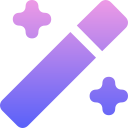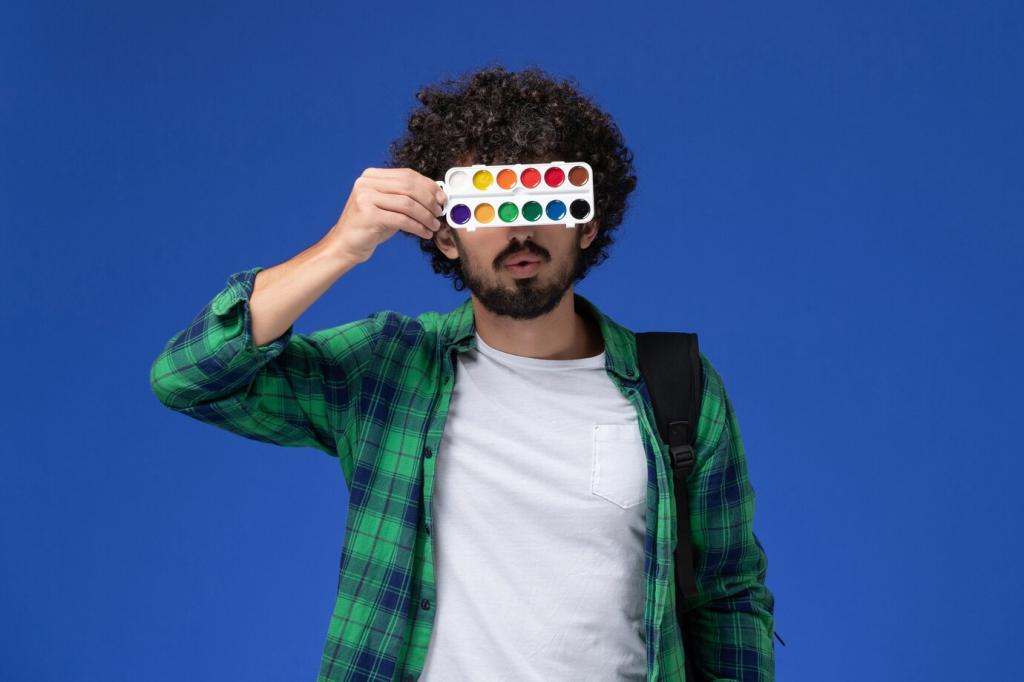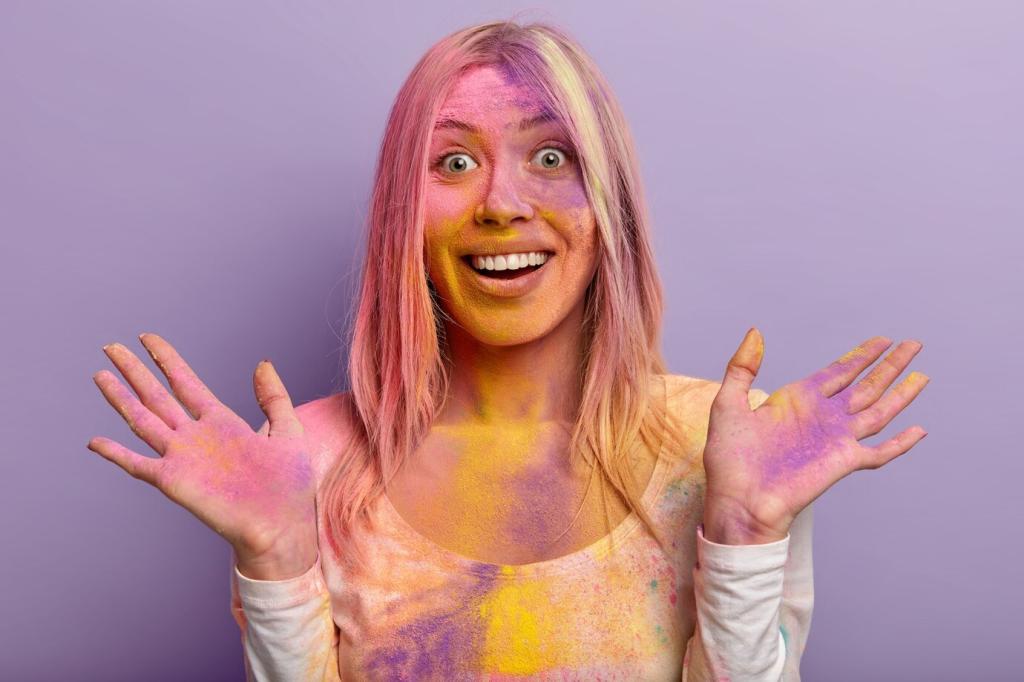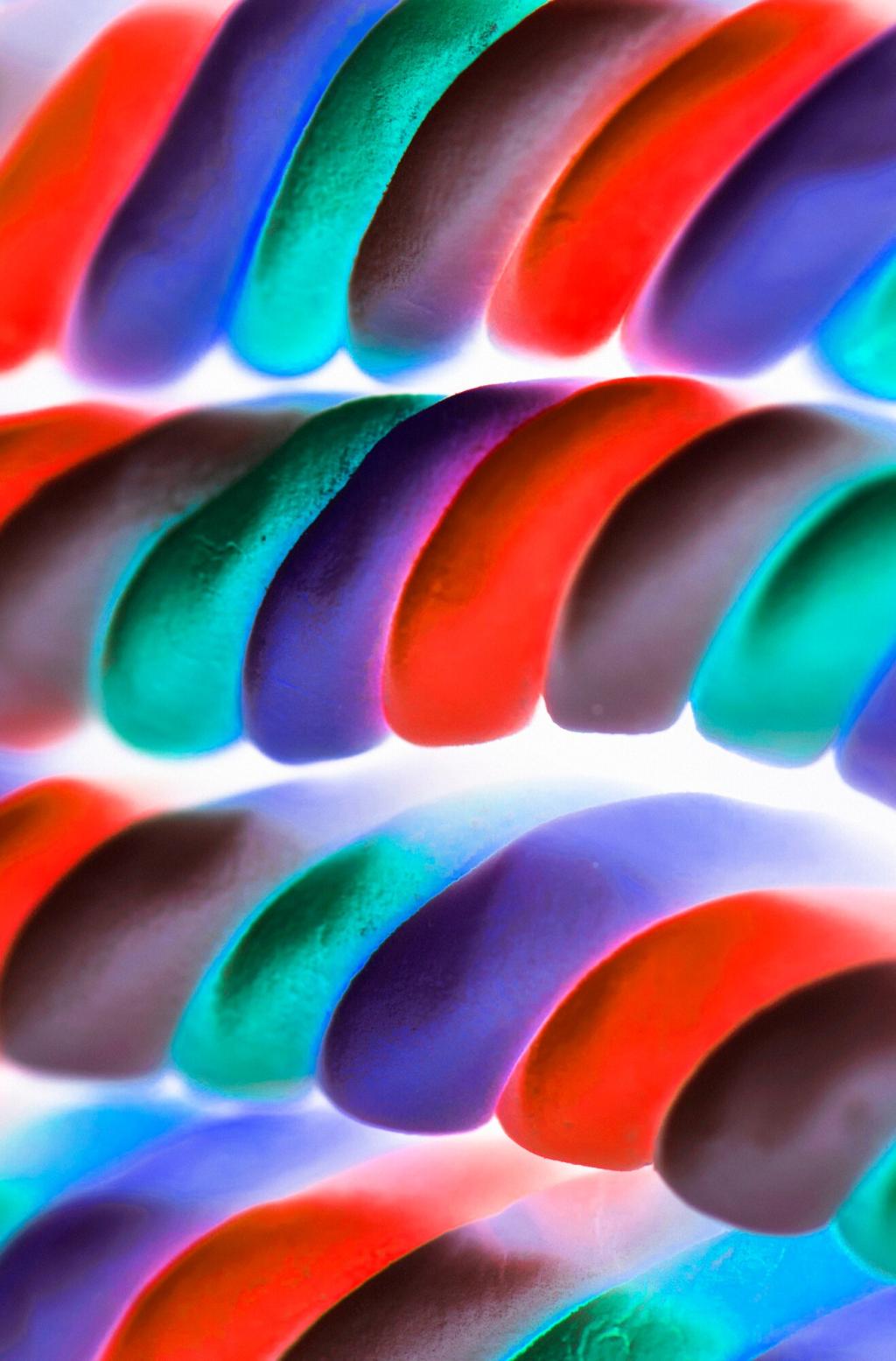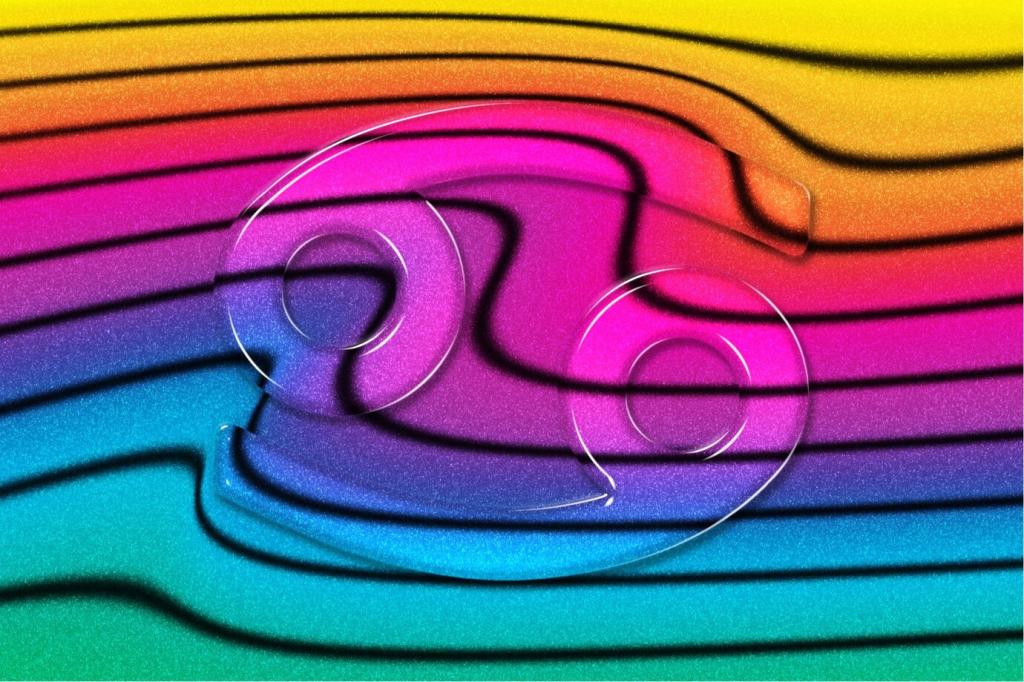Color Experiments You Can Try This Week
Week 1: blue accessories for clarity. Week 2: green for endurance. Week 3: red highlights for urgency windows. Keep everything else constant and journal focus, mood, and mistakes. At the end, tally which color supported your most valuable metrics. Ready to share your winner and what surprised you along the way?
Color Experiments You Can Try This Week
Switch your OS accent color to blue or green and test dark vs light modes during different tasks. Many people find dark mode helpful for late reading, but light mode aids editing accuracy. Reduce blue light only after sunset. Screenshot your settings, track comprehension and typos, and tell us what configuration pulled ahead.
